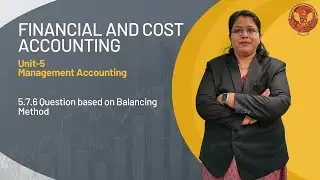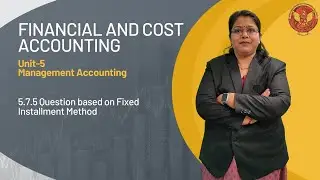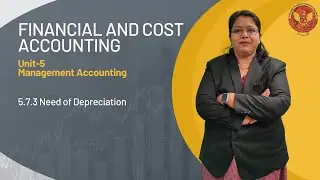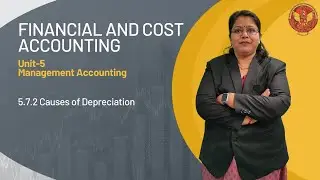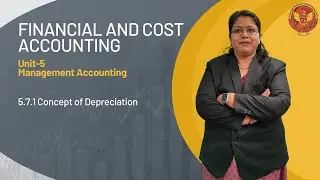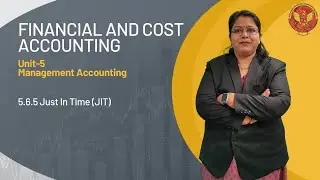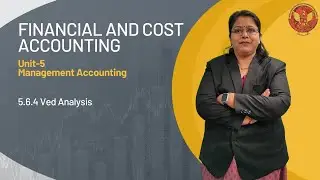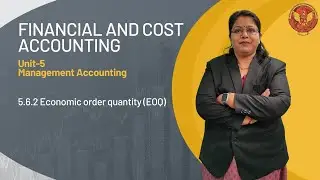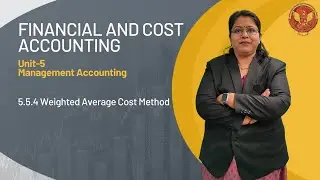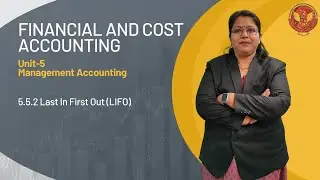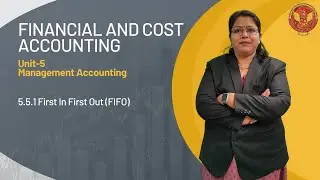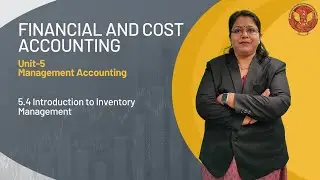2.3.5 State Variable Analysis for Discrete Time LTI system | Unit 2 | EC402 | Signals & Systems |
UNIT 2 | Signals and Systems
2.3.5 State Variable Analysis for Discrete Time LTI system | EC402
Welcome to Unit 2 of our comprehensive Signals and Systems course, where we'll dive deep into the fascinating world of LTI system analysis and representation. In this unit, we'll explore Linear Time-Invariant (LTI) systems, which are fundamental in understanding the behavior of signals.
LTI System Introduction:
We kick off with an introduction to LTI systems and their methods of representation. LTI systems play a pivotal role in signal processing, and understanding how they work is crucial for various applications.
Continuous Time LTI System:
In this section, we'll focus on continuous-time LTI systems, examining their properties concerning the unit impulse response. We'll also explore various block diagram realizations of continuous-time LTI systems, including:
Direct Form I realization
Direct Form II realization
Cascade realization
Parallel realization
Transpose realization:
We'll not only discuss these realizations but also dive into numerical examples to illustrate how they work using system equations and transfer functions. This hands-on approach will help you grasp the practical aspects of continuous-time LTI systems.
Discrete Time LTI System:
Next, we transition to discrete-time LTI systems and delve into their properties related to the unit impulse response. Just like in the continuous-time case, we'll explore block diagram realizations, including:
Direct Form I realization
Direct Form II realization
Cascade realization
Parallel realization
Transpose realization
Again, we'll provide numerical examples to reinforce your understanding, covering system equations and transfer functions for discrete-time LTI systems.
State Space Analysis of LTI System:
In this final section, we introduce state space analysis, a powerful method for understanding LTI systems. You'll learn the fundamentals of state space analysis and how to create state models. We'll cover state space representation using differential equations for continuous-time LTI systems and explore various decomposition methods for transfer functions:
Direct decomposition
Parallel decomposition
Cascade decomposition
Additionally, we'll delve into state variable analysis for discrete-time LTI systems, followed by numerical examples to reinforce your comprehension.
To add depth to your understanding, we'll also cover the concept of state transition matrices and their significance in analyzing LTI systems, along with practical numerical examples.
By the end of Unit 2, you'll have a solid grasp of LTI system analysis and representation in both continuous and discrete time domains. This knowledge is essential for anyone looking to work with signals and systems in real-world applications.
Don't forget to hit that subscribe button and ring the notification bell to stay updated with our upcoming videos. Join us as we journey deeper into the world of Signals and Systems, unlocking their secrets and practical applications!
#SignalsAndSystems #SignalProcessing #SystemAnalysis #DigitalSignals #AnalogSignals #FrequencyDomain #ZTransform #FourierAnalysis #LTISystems #SamplingTheory #Convolution #SignalClassification #CommunicationSystems #TimeDomain #ContinuousTimeSignals #DiscreteTimeSignals #SignalProperties #LinearSystems #NonlinearSystems #CausalSystems #StableSystems #SystemInterconnection #UnitStepSignal #UnitImpulseSignal #UnitRampSignal #ParabolicSignal #SignumSignal #ExponentialSignal #SinusoidalSignal #SamplingSignal














